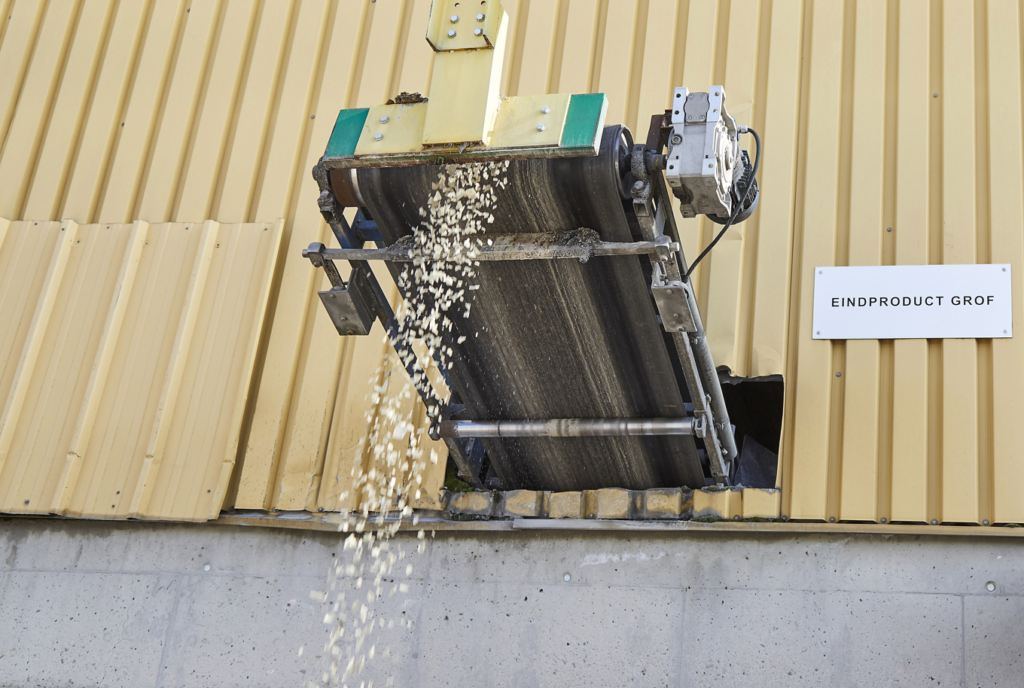CRT glass is difficult to recycle contains both leaded glass and unleaded glass with a barium or strontium oxide content. Because of these chemicals CRT glass will be classified as hazardous waste under the Landfill Directive, making disposal expensive. In addition to this the Waste Electrical and Electronic Equipment Directive sets recycling targets for waste electrical equipment including TVs and computers.
Published this week the study carried out by the Industry Council for Electronic Equipment Recycling identified several possible routes for the 100,000 tonnes of CRT glass discarded each year in the UK. It found that up to 10% of the UK's CRT glass could be used to manufacture new screens.
Andy Dawe, material sector manager for glass at WRAP, said: “CRT manufacturers are already looking to expand their use of CRT glass cullet in the manufacture of new CRTs and many alternative uses identified are expected to be commercially available within the next two years.”
Alternatives
Other possible routes for CRT glass were identified by the study, including sending unleaded screen glass to make bricks or cladding tiles and using both leaded and unleaded glass in some smelting operations.
The study also found that using unleaded panel glass as a flux in brick manufacture could save between 3 and 5% of energy used in the firing process. Panel glass could also be used to make foam glass insulator which already uses post-consumer waste glass.
“This research has found viable end-use applications for the 100,000 tonnes of waste CRT glass that arise in the UK every year,” said Mr Dawe.
Claire Snow, director of ICER, said that many homes have CRTs stored away which will enter the waste stream in the next few years and will need recycling.
“There are about a million tonnes of glass from TVs and monitors sitting in homes and offices and most of this will be entering the waste stream within the next 10 to 15 years,” she said. “This is soon going to have to be recycled — both to avoid contaminating landfill sites and to meet the requirements of the new Waste Electrical and Electronic Equipment Directive.







Subscribe for free